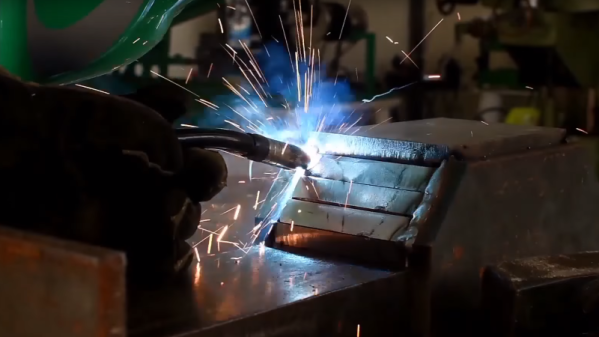The value of a mobile adjustable height cart in the shop can’t be overestimated. From moving tools around to installing heavy fixtures on walls and ceiling, a scissor-lift platform is a great tool. Commercial versions get a bit expensive, though, so a shop-built scissor lift table made of wood might be a nice project for the budget-minded to tackle.
Wood might not be your first choice for a fixture such as this, but it’s what [Marius Hornberger] is set up to use, and with proper species selection and careful engineering, it can make for an amazingly sturdy table. [Marius] chose ash for his parts, a wood with a long history of performing well under difficult conditions. The table is not all wood, of course; metal bushings and pins are used in the scissor mechanism, and the lift drive is a stout Acme-thread screw and nut. We’re impressed by [Marius]’ joinery skill, and with how sturdy the table proved to be.
Not a lot of woodworking projects seem to show up in our tip line for some reason, which is a shame. We love to feature wood builds, and like our own [John Baichtal] recently pointed out, the health of the wood shop is often a leading indicator of the health of a hackerspace.
Continue reading “Scissor Lift Table From The Wood Shop, For The Wood Shop”













